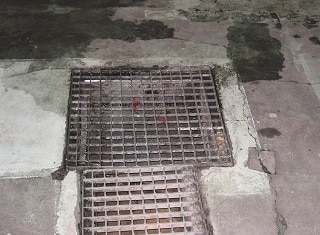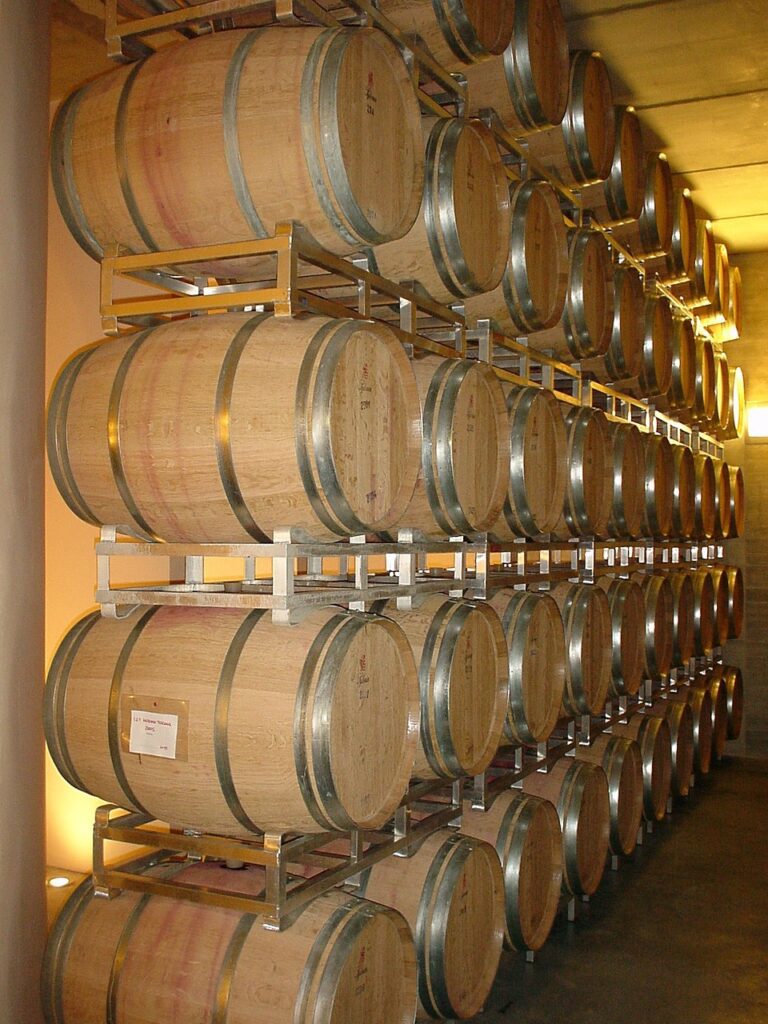“You cannot manage what you do not measure and you cannot measure what you do not monitor.”
Cellar floors should actually be seen as cellar equipment. Contrary to other cellar equipment they are not only used seasonally, but required for all actions in one way or another. Like other cellar equipment, it is essential to maintain cellar floors. The continuous sanitation thereof is consequently essential to limit the potential contamination of juice and wine. Apart from cellar drains, cellar floors are the main source of contamination in cellars. The efficiency of sanitation can only be monitored if certain measurements are applied. This can be done by implementing an ATP (Adenosine triphosphate) protocol, which can confirm the presence of viable organisms by utilising bioluminescence technology.
During harvest the contamination potential is the highest, seeing that there may not be available time to apply an effective sanitation protocol. If different grape sources also exist, the potential contamination is increased. A daily sanitation programme resulting from the needed monitoring is therefore essential. The use of an ATP-protocol enables this monitoring. Uncertainty around this protocol amongst winemakers is caused by ignorance that invisible micro-organisms can cause contamination. ATP-test equipment is readily available, because it is used in the food industry, healthcare and municipal water treatment. The best ATP-equipment for wine cellars should determine the sanitary status of bottling equipment, tanks, pipes, barrels and floors. Different suppliers exist and winemakers can study the technique with the aid of videos on suppliers’ websites. If it is accepted that floors can be contaminated by human and forklift traffic, grape residue and product losses, the type and maintenance of cellar floors are important.
In the food industry concrete floors are often referred to as “Bugs Hotels”. After its installation a progressive deterioration occurs, which can include cracks and pitting. This creates a habitat for micro-organisms. It is unfortunately also true that floors are one of the first items of budget cuts of construction projects. A long-term solution is the resurfacing of concrete floors with a urethane polymer. Polymers offer incredible durability, exceptional impact resistance and reliable anti-slip footing. They can be aesthetically acceptable and offer a variety of colours and enhancements. The polymer can also be applied on existing, damaged concrete floors. From then it offers a long-term, seamless, non-porous surface, which can resist any cleaning protocol with steam, high pressure rinsing or scrubbing. If it is used together with a removable, stainless steel drain it is a hygienic, safe surface, which can easily be monitored and maintained. Urethane floor covering is more than 30 years old and during that time no innovative alternatives have been found, which is indicative of the quality of the product.
If cellars consider urethane surfacing, it is important to obtain the best possible references, before a supplier is considered. Urethane floors are also used in different industries, like healthcare and motor sales rooms. It is also important that the chosen supplier is responsible for the entire project, which extends from the cellar visit and quotation up to its installation and guarantee. Subcontractors must preferably be avoided. A wide range of accessories are available, like integrated curbs along walls to eliminate sharp corners to prevent forklift damages. Floor drains are also of cardinal importance and it must be ensured that scope and flow are sufficient to enhance flow to drain channels. Visits to other venues are important before a urethane colour choice is made, because colour charts alone are not a sufficient indicator of colour. Lighter colours are aesthetically more acceptable for tasting rooms and practical for darker areas. The various levels of silica broadcasting will supply a non-slip surface.
Wine cellars can also use existing cleaning or sanitation equipment, which are used for barrels or even bottling lines, for urethane floors. Urethane has an exceptional thermo resistance and can consequently be used for cooling rooms or general floors. Temperatures above 85°C will kill micro-organisms on floors. High pressure will also not cause problems with urethane floors. This implies that cellars tend to purchase high temperature-high pressure equipment. Although steam is the best sanitation agent, a liquid is required for cellar floors to remove solids. High pressure can however overcome this problem. Cellar sanitation is a basic essential process for all cellars and should also include the cellar floors. The installation of an impenetrable urethane cellar floor, which can be maintained and sanitised easily, is a prerequisite (Pregler, 2020).

Cellar hygiene is a required practice.

Insufficiently cleaned drains and floors are a contamination source.
Reference
Pregler, B., 2020. Cellar floor sanitation. Wine Business Monthly, December 2020: 40 – 45.













